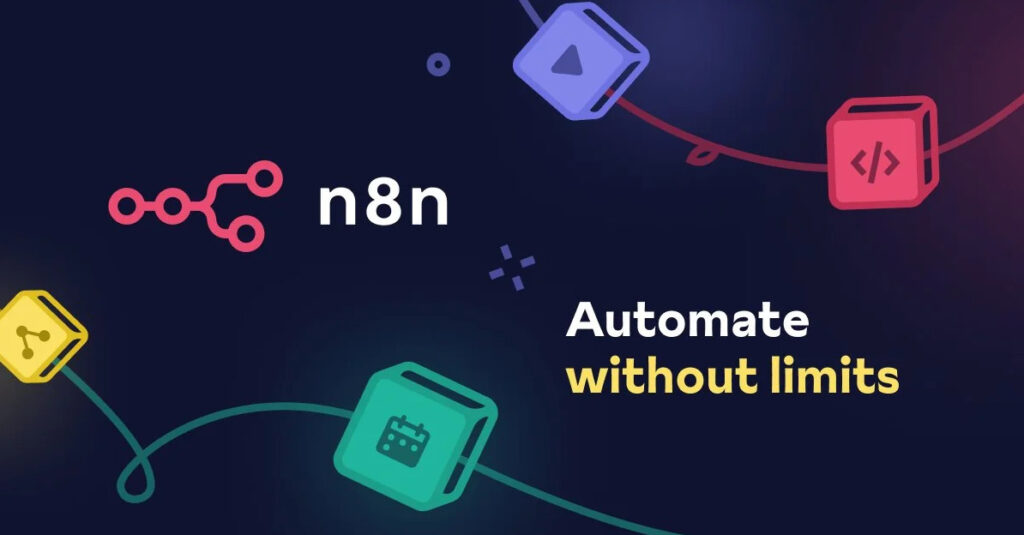Ever wondered how to turn a chaotic mess of data into a streamlined powerhouse of information? Well, buckle up because I’m about to show you how merging data in n8n workflows can revolutionize your data management game. No fluff, just the hard-hitting facts you need to get results.
Why Merging Data in n8n Workflows is a Game-Changer
Merging data isn’t just about bringing multiple data streams together; it’s about transforming your workflow into a seamless, efficient machine. In n8n, merging data is your ticket to unlocking the full potential of your data integration. Whether you’re dealing with different sources, nodes, or executions, n8n has got you covered.
Mastering the Art of Merging with Nodes
Let’s dive into the nitty-gritty of how you can leverage n8n’s nodes to merge your data like a pro. Here’s the breakdown:
- The Merge Node: This is your go-to node for combining data from various sources into one cohesive stream. It’s simple, effective, and perfect for when your workflow hasn’t split into separate data streams.
- The Switch Node: Got a more complex scenario on your hands? Use the Switch Node to merge data from multiple executions of a node or even multiple nodes. It’s like the Swiss Army knife of merging.
- The Compare Datasets Node: Need to compare, merge, and output data streams based on that comparison? This node’s got you covered. It can output up to four different data streams, giving you the flexibility you need.
Wondering how this works? Let’s say you’ve got data from two different sources. You can use the Merge Node to combine these separate streams back into one, making your life a whole lot easier.
Visualizing Different Types of Merging
Here’s an example that’ll give you a clearer picture of different merging scenarios:
- Appending Data Sets: Imagine you’re adding new entries to an existing list. You’re essentially appending one data set to another.
- Keeping Only New Items: This is like filtering out the old and keeping only the fresh data that’s come in.
- Keeping Only Existing Items: On the other hand, if you’re looking to maintain consistency, you might want to keep only the items that already exist in your data set.
These methods can be visualized in n8n, giving you a tangible way to see how your data is being manipulated.
Advanced Merging Techniques
Ready to take your merging skills to the next level? Let’s talk about some advanced techniques:
- Using the Code Node: If you’re comfortable with a bit of coding, the Code Node is your best friend for merging data from multiple node executions. It’s powerful, flexible, and gives you the control you need.
- Merging Data from Multiple Node Executions: This section is all about mastering the art of merging data from different executions. It’s not just about combining data; it’s about doing it efficiently and effectively.
Here’s why these advanced techniques are crucial: they allow you to handle complex data scenarios that standard nodes might not cover. And trust me, in the real world, you’ll encounter these scenarios more often than you think.
The Power of Comparing Data Streams
Before you merge your data, it’s essential to compare the streams. The Compare Datasets Node does just that. It’s like having a quality control checkpoint in your workflow, ensuring that the data you’re merging is accurate and relevant.
By comparing data streams before merging them, you can avoid common pitfalls like data duplication or inconsistencies. It’s a simple step that can save you a ton of headaches down the line.
Wrapping Up Your Merging Journey
So, there you have it. Merging data in n8n workflows isn’t just a technical task; it’s a strategic move that can streamline your data integration process. From using the Merge Node to mastering advanced techniques with the Code Node, you’ve got all the tools you need to take control of your data.
Ready to see these strategies in action? Check out our other resources and start transforming your workflows today. Remember, it’s not just about merging data; it’s about doing it in a way that drives results.





